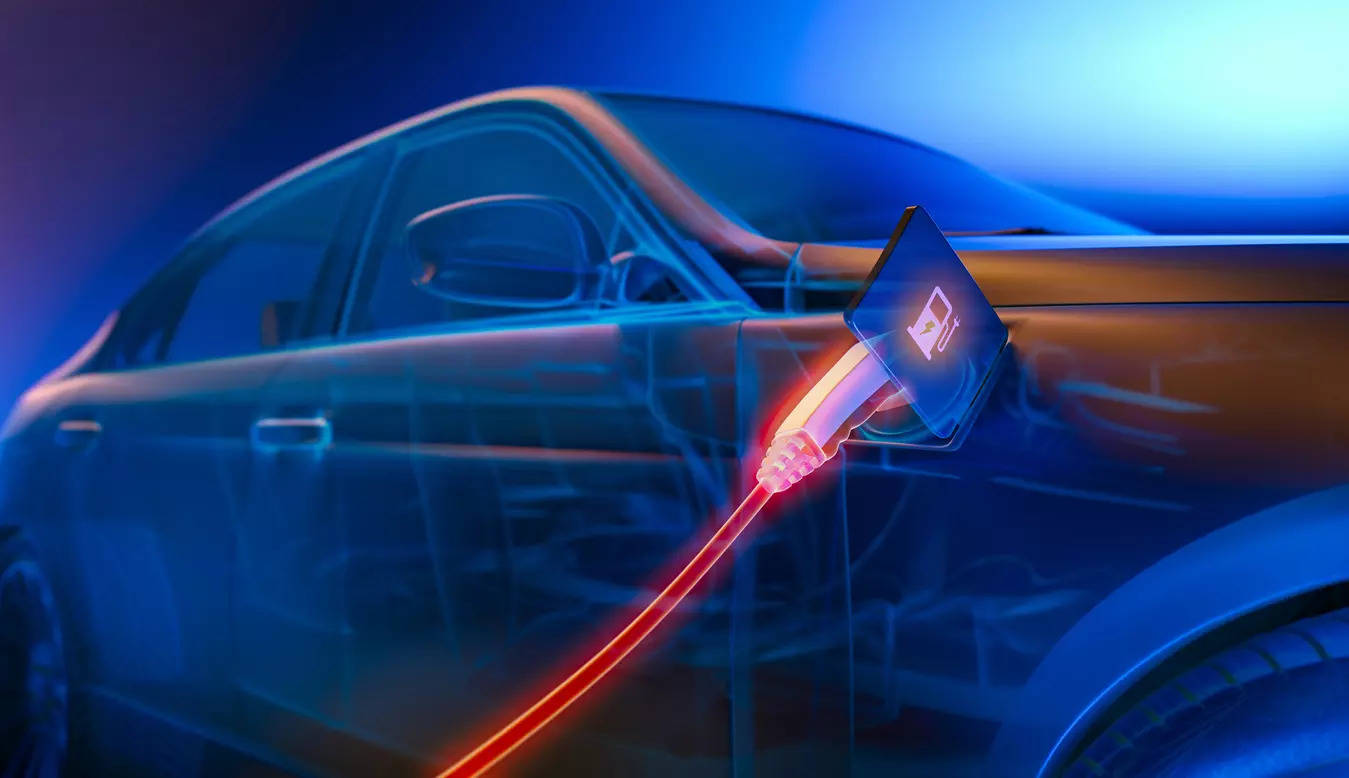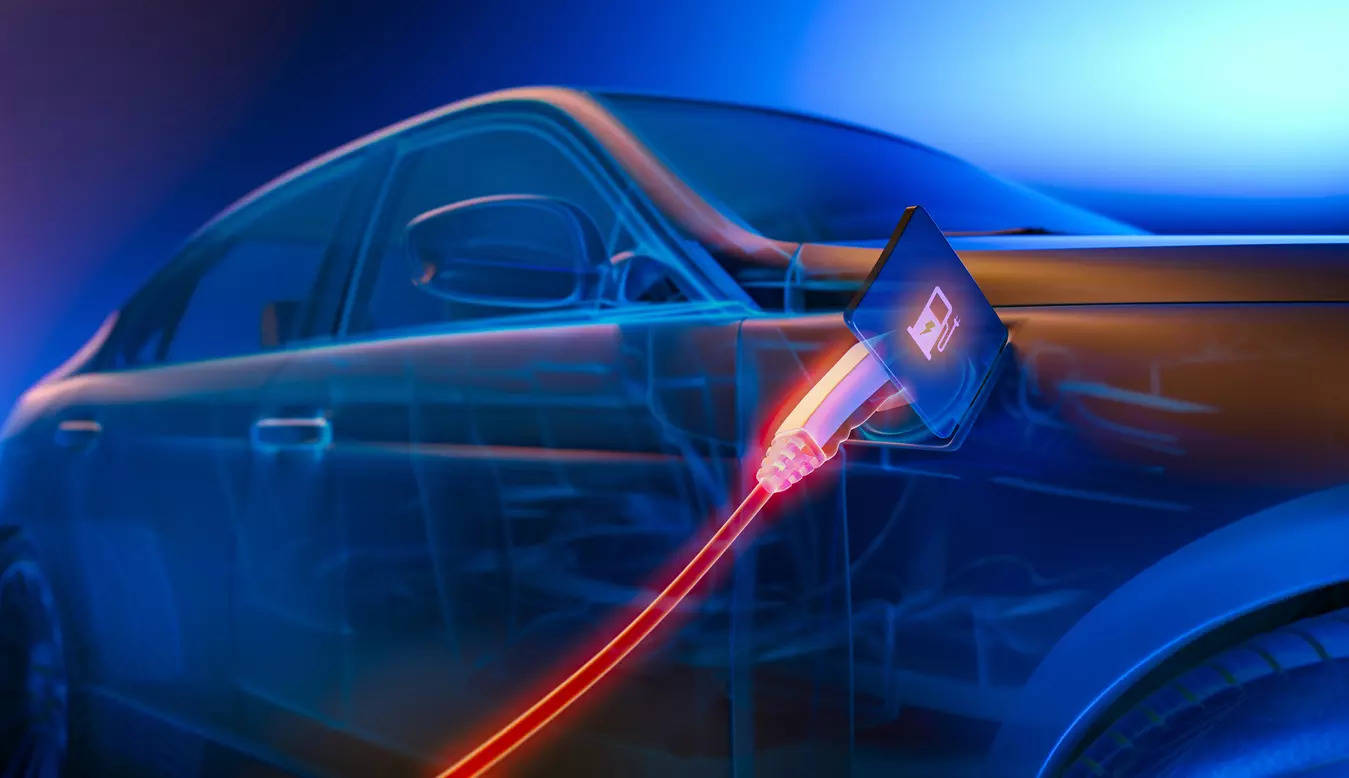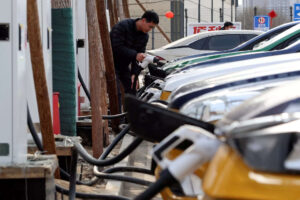
Which vehicle category uses lesser energy – hybrid electric vehicles (HEVs) or EVs – and therefore has lower emissions? This question has been up in the air for some weeks now, as Indian OEMs manufacturing these two types of vehicles have aired opposing views on the quantum of emissions and the need for lower taxation for HEVs. The EV OEMs have been reiterating that since there is zero tailpipe emission from their vehicles, there is no comparison with HEVs, which use a combination of battery and ICE technologies.But Japan’s Suzuki Motor Corporation (SMC) has underlined the efficacy of HEVs, saying that in regions where adoption of non-fossil fuel electric energy is lower, HEVs are the best choice. In a 10-year technology roadmap outlined earlier today, Chief Technology Officer Katushiro Kato has said that EVs become the better choice only when adoption of non-fossil fuel electric energy reaches 75%.
Kato has explained these observations by considering the total lifecycle energy consumption in the manufacturing, use and disposal of three types of vehicles – HEVs, EVs and ICE. When all the three lifecycle phases are considered together, total energy consumption is the lowest by HEVs when non fossil adoption rate is 25%. The situation changes when non-fossil fuel adoption becomes 75%, with EVs accounting for lower energy consumption across manufacturing, use and disposal. While batting for HEVs, Kato has pointed towards the lifetime secondary energy requirements for EVs, HEVs and ICE vehicles. The variables included in the calculations are resource extraction, energy required for parts’ and vehicle manufacturing, energy required for vehicle use as well as disposal/recycling; running of the vehicle, its maintenance and the source of power generation etc.
Even when the non-fossil fuel electric energy reaches the 75% mark and EVs trump HEVs as well as ICE vehicles, the difference in total energy consumption between HEVs and EVs is not very significant.
So which vehicle would consume lesser energy in the Indian scenario? Kato has shown that in India, power generation from non-fossil fuels is estimated to reach just 50% by 2030. This basically supports what Maruti Suzuki India has been saying too: that for now, HEVs trump EVs in overall energy consumption.
The SMC view comes just when Maruti, along with some other car makers, has been pushing for a lower tax rate on HEVs; EVs are already bracketed in the lower slab of 5%. HEVs currently attract tax at the rate of 28 to 43% tax, depending on vehicle length and engine capacity. Some other OEMs including Tata Motors are believed to have opposed any move to cut taxes on HEVs, fearing a dent in the sale of their own EVs. Tata is the market leader in EVs as of now; Maruti has lined up its first battery EV for launch later this fiscal. This will be the first of six such EVs to come from Maruti by the turn of the decade. It already sells HEVs in some variants of the Grand Vitara and in the Invicto; there may be more HEVs in the pipeline in the near future.
Meanwhile, an industry veteran pointed out that the automobile industry lobby group, the Society of Indian Automobile Manufacturers (SIAM), has merely asked the government to consider all technologies on equal footing while determining taxation rates, without seeking lower taxes on HEVs specifically. “In the discussions within SIAM, OEMs manufacturing HEVs and EVs have held opposing views. So SIAM has not asked for lowering of tax rates on HEVs in the pre-Budget consultations this time,” this person said.
Meanwhile, SMC has advocated a multi-pathway approach to technology for the next 10 years. In other words, EVs, HEVs and ICE vehicles, using carbon-neutral fuels, are necessary going forward. It has estimated that within a decade, the share of HEVs, EVs and ICE vehicles in India will be equal even though in its home market Japan, ICE vehicles would have been phased out and HEVs will account for 70% of the market while EVs will be just about a third at 30%. This just goes to show that ICE vehicles are probably not going to be phased out even after a decade in India.
Lightness:
In the same 10-year technology roadmap, SMC has also spoken extensively about lightness. Using the Sho-Sho-Kei-Tan-Bi Japanese philosophy, the company has shown that on average, its vehicles are 200-300 kg lighter than the average vehicle weight from other manufacturers across India, Japan and Europe. “If the vehicle weighs 200 kilograms less, it requires fewer materials, about 20% less energy for production, and 6% less energy for driving. Compact and light-weight cars greatly contribute to the minimization of energy consumption.” A lighter vehicle requires lesser energy to be manufactured, operated and then recycled or disposed off. SMC has vowed to continue with this philosophy of making lighter vehicles and reducing overall energy consumption going forward.






